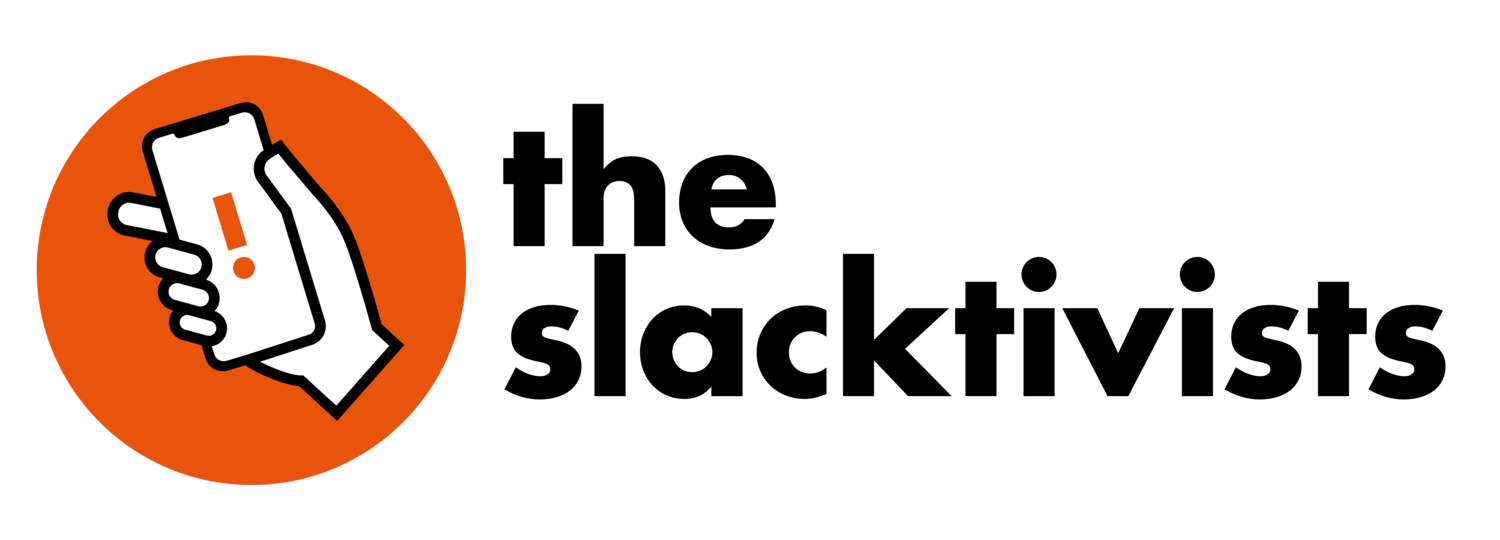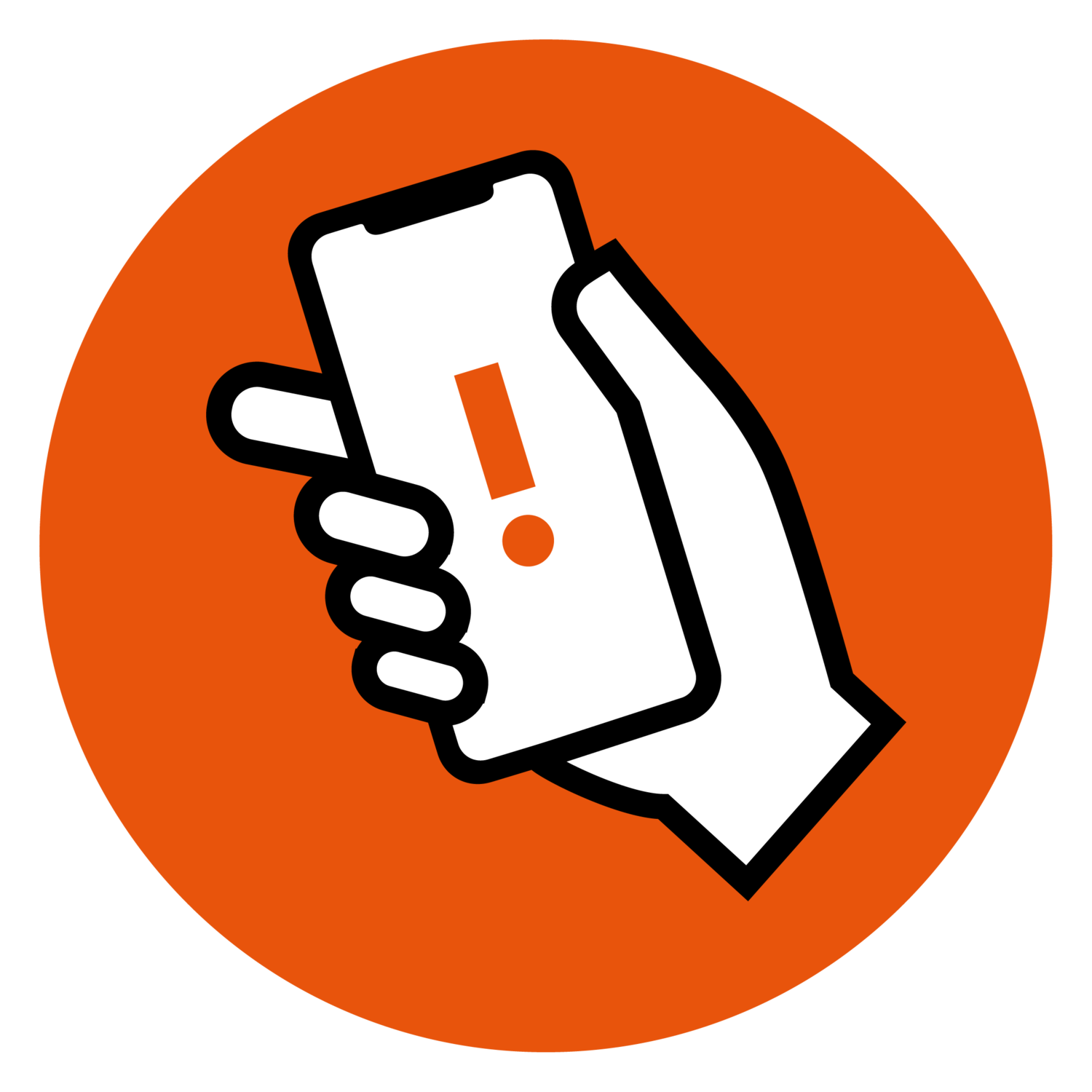yemen // humanitarian crisis
what’s going on?
Yemen is currently facing the world’s largest humanitarian crisis as a result of ongoing war since 2015 - UN
Over 24 million people—80% of the country’s population—need urgent humanitarian aid and protection including food, drinking water and health care - UN, ICRC
why is this happening?
In 2011, an uprising forced the long-time authoritarian president Ali Abdullah Saleh to hand over his power to Abdrabbuh Mansour Hadi, but Hadi struggled with many problems related to the military, corruption, and food insecurity - BBC
The Shia militant group Houthi Rebels took control of Saada and Sanaa, the capital, and forced Hadi into exile - BBC
In March 2015, Saudi Arabian other Sunni Arab States, backed by the US, UK, and France began airstrikes against the Houthis, claiming to want to reinstate Hadi - BBC
A Saudi-led (and US-backed) coalition is at war with the Houthi Rebels
Tens of thousands of people have been killed since the war started in 2015
The battleground for the Saudi-led coalition is the economy; they have blockaded Houthi areas and consequently displaced Yemeni people and deprived them of food, clean water, and healthcare - Boston Review
The Saudi-led coalition escalated the conflict, bombing medical centers, water wells and drilling rigs and even closing the central bank, thereby stopping payments to civil servants and pensioners - Boston Review
Both sides have used food as a weapon of war, triggering widespread malnourishment, starvation and hunger
A cholera epidemic in the region since 2017 has only worsened the situation - UN
what’s happening now?
70% of the Yemen population lacks access to drinking water - ICRC
More than 50% of the population does not have access to healthcare - ICRC
More than 80% of the population depends on humanitarian aid - ICRC
14.3 million people are classified as being in acute need, with around 3.2 million requiring treatment for acute malnutrition; that includes two million children under-five, and more than one million pregnant and lactating women - UN
what can I do?
Donate to UNICEF or Save the Children
Share news and stories about Yemen on your own social media platforms
Change your profile photo to #RedForYemen, or half #RedForYemen and half #BlueForSudan
some organizations involved:
UNICEF works with local authorities and nongovernmental organizations to provide emergency relief for children, and has operations in every governorate in Yemen. It provides health screenings, vaccines, malnutrition treatment, water and school supplies. - NYT
Doctors Without Borders operates in 13 hospitals and health centers in the country. It also provides support to 20 public health programs throughout Yemen, where half of the medical facilities have closed because of the conflict. It operates in areas held by the Houthis. - NYT
Save the Children provides education and safe places for children. Up to 75 percent of schools in some areas of Yemen have been destroyed, according to the organization, which trains teachers and creates temporary learning spaces. Save the Children also provides cash and vouchers for food. - NYT
The International Rescue Committee provides medical training, supplies and drugs to hospitals. The organization says it has reached more than a quarter million people in Yemen with health, nutrition, water and sanitation services. - NYT
The International Committee of the Red Cross is supplying hospitals and health facilities with medicine and emergency medical supplies to Yemen. The organization says it works closely with the Yemen Red Crescent Society and local authorities - ICRC
social media guide:
Hashtags to use/follow: #YemenCrisis, #YemenCantWait, #RedForYemen
Accounts to follow: @YemenNewsToday, @WHOYemen, @YemenPeaceNews on Twitter
Sample posts/stories/profile photos:
use this for your profile picture
more information:
How to Help Yemen - NYT








